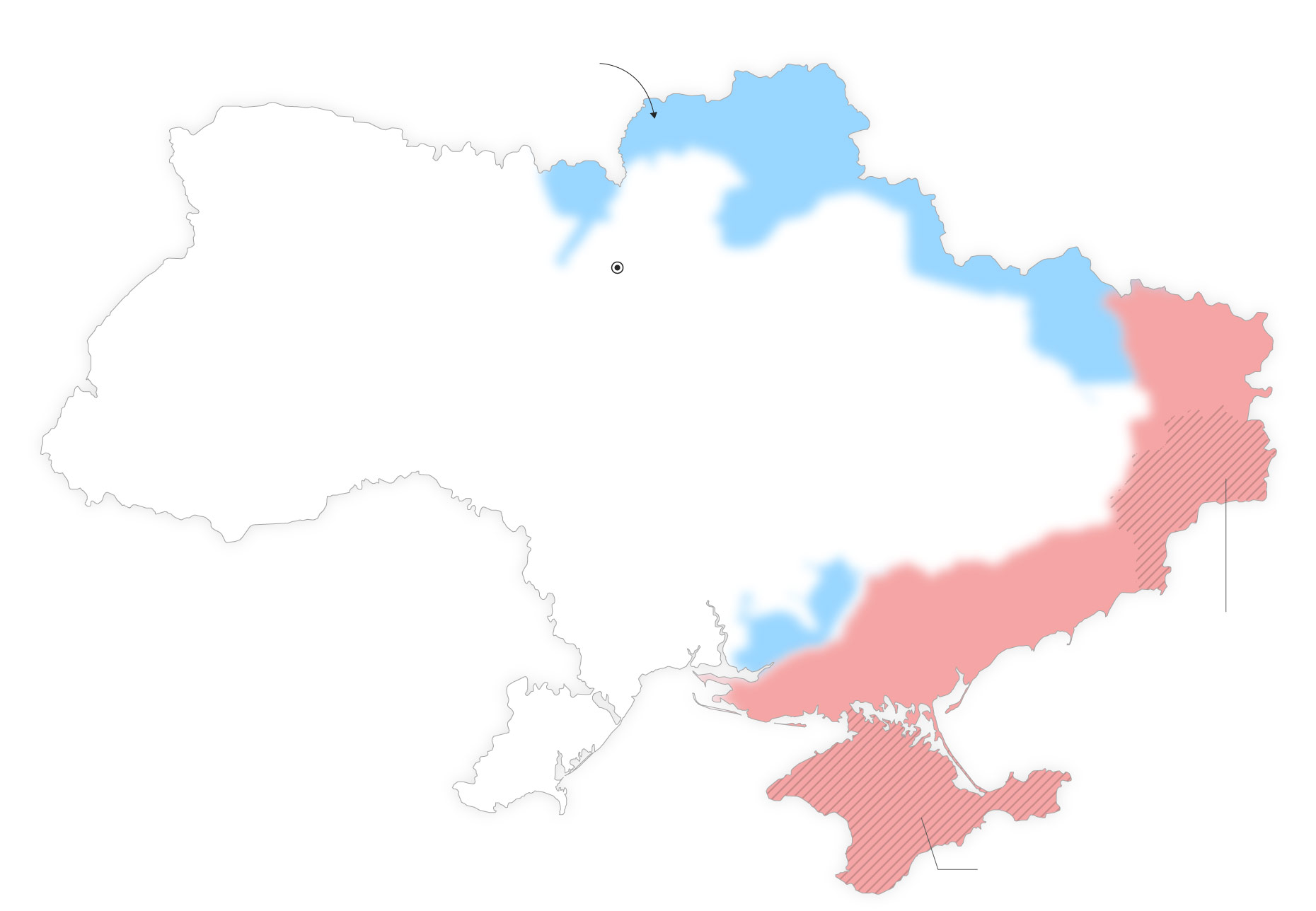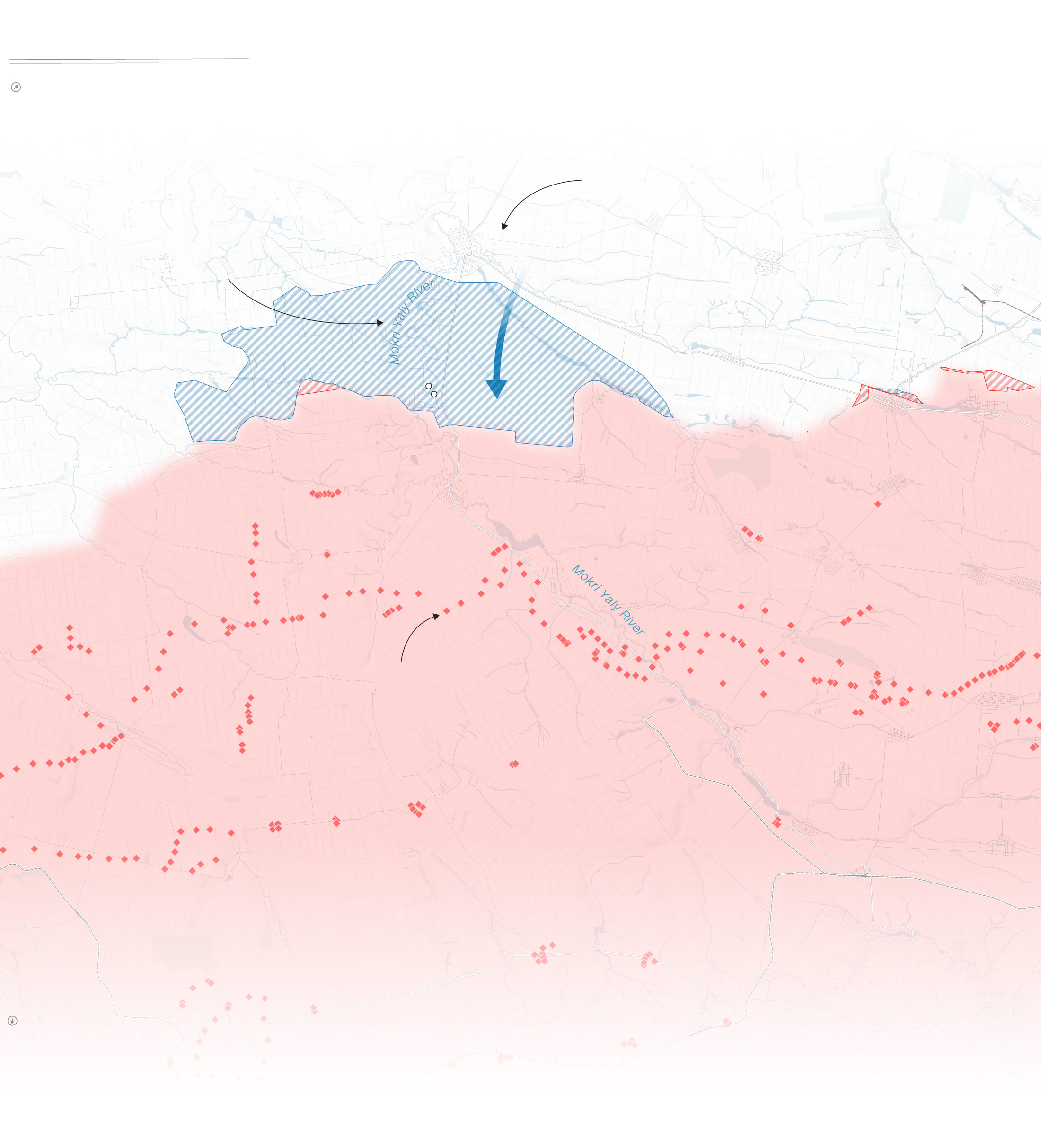Ukraine’s counteroffensive has been underway for months, but the country’s hopes of a rapid and decisive breakthrough have long faded.
Kyiv launched the campaign aiming to recapture Russian-seized territory, especially in the south. But while there is a renewed sense of optimism, gains have been marginal and won at great cost. As Ukrainian forces probe for vulnerabilities in Russian defences, Moscow too is seeking to make gains, and has been trying to advance toward the city of Kupiansk, a city it seized early on in the war before losing it a year ago.
While it is impossible to get an exact, real-time picture of the situation on the ground, CNN has been taking a look at the key battles of the latest phase of the war.
The conflict so far
While Ukraine has struggled in its counteroffensive, it is important to remember the war is nowhere near where Russia’s President Vladimir Putin wanted it to be either.
When Russia launched its invasion of Ukraine in February 2022, it hoped to sweep across the country and topple the government in a matter of days. Those goals floundered due to a combination of Russian hubris and stronger than expected Ukrainian resistance. After seeing Putin quickly withdraw his forces from around Kyiv and elsewhere in northern Ukraine, the rest of the year saw significant victories for Ukraine in the Kharkiv region to the east and the Kherson region to the south.
This year has been different, with troops from both sides bogged down in a slow-moving conflict with no clear end in sight. The current fighting is focused on Ukraine’s south and east, with Ukrainian forces struggling to break through defensive lines Russia had months to prepare. Success means capturing a village rather than an entire city.

At the beginning of the invasion, Russia took control of large areas of the north.
The southern front
In the southern region of Zaporizhzhia, modest Ukrainian gains in rural areas have been hampered by Russian defenses. Moscow’s troops have fortified the land with minefields, anti-tank ditches, traps and trenches.
The area is a major target for Ukraine — pushing deep into the territory along two main lines of counterattack would bring the chance of breaking Russia’s land-bridge between annexed Crimea and eastern Donetsk, under Moscow’s control since 2014.
Ukrainian troops in late August secured the village of Robotyne, a step that brings them closer to being able to use artillery against the strategic hub of Tokmak. But there is a long way to go.


Ukraine’s goal on the Velkya Novosilka front is to reach Berdiansk. Movement has been slow on this front, but several villages have been reclaimed.
Ukraine’s goal on the Orikhiv front is to reach Melitopol. Russia is trying to tire out the Ukrainian forces.
Ukraine has been able to retake some ground near the frontline town of Velyka Novosilka. In June, in the second week of the counteroffensive it liberated a handful of villages: Neskuchne, Blahodatne and Makarivka. More recently, it recaptured a couple more, Staromaiorske and Urozhaine, but progress has been hard. Russian forces have launched a number of counterattacks.
Velyka Novosilka bears the scars of a year and a half of shelling. Struggling to combat Russian air strikes on the town, Kyiv has called on its Western backers to provide F-16 fighter jets and other air support.

Velyka Novosilka has been without water, electricity or gas for a year and a half.
Ukrainian troops have been able to use the Mokri Yaly River to their advantage by using it to flank enemy positions. This has resulted in several villages being reclaimed, most recently Staromaiorske and Urozhaine.
The town of Orikhiv has found itself caught in the firing line. While remaining under Ukrainian control, it is being pummeled by Russian air strikes with half-ton bombs landing frequently — sometimes 20 in as many minutes.
Located 60 kilometers southeast of Zaporizhzhia, Orikhiv has been wedged between Kyiv’s troops pushing south and Russian forces attempting to hold their position.


Kupiansk
Ukraine has been trying to hold Kupiansk in the Kharkiv region. The city fell in the early days of the conflict, then was liberated last September as part of a lightning Ukrainian offensive, but now Russia is trying to capture it a second time.
In August, Ukraine ordered the evacuation of the city and the surrounding area, the largest such evacuation in months and a sign of the severity of the situation, although many civilians are choosing to stay put.
For Ukrainian troops, Kupiansk is strategically significant to prevent Russia from gaining access to the nearby Oskil River — where it is much easier to cross than further south.

The city of Kupiansk provides an easy place to cross the Oskil River, which would also serve as a possible demarcation point for Russia to claim in any possible peace agreements.
The wider river here is harder to cross, providing more natural defenses.
The Ukrainian rail networks provide an easy way for Russia to transport troops and supplies to the frontlines further south.
The eastern front
For now, the eastern city of Bakhmut is under Russian control following a grinding, nine-month battle, while Ukraine continues to hold some areas in the southwestern outskirts of the city.

Ukraine says the battle is not over, however, and continues to contest the city. In doing so, they are forcing Russia to bring in more troops to the area, pulling them away from other fronts.

5 miles
One of Ukraine’s key goals at Bakhmut is to gain control of the railways so they can resupply in the area after repairing it.
Much of the Donetsk and Luhansk regions have been held by Russian-backed separatists for more than nine years. They are two of four Ukrainian regions that Moscow declared it had annexed last September, in violation of international law.
The town of Avdiivka in Donetsk Oblast, which remains under Ukrainian control, has found itself on the frontline of the heavy fighting. The town has been largely destroyed and most of its population has fled.

Russian troops are attempting to advance around Avdiivka, a town largely destroyed by fighting, as going through it would be too difficult.
Mariinka is another town on the outskirts of Donetsk which is heavily damaged but fighting still continues in the area.
Russia’s goal here is to wear out Ukraine. Keeping troops here will keep them from other areas along the frontline.
The months to come
The clock is ticking for Ukraine, with the fall bringing worsening weather and even more challenging fighting conditions.
For political as well as strategic reasons, pressure is mounting on Ukraine to achieve a breakthrough. Kyiv will want as strong a hand as possible should peace negotiations ever happen or if the so-far solid support it enjoys among the West start to fray.
While Russia has been pushed back since launching its invasion, it still has some advantages. The Russian army is significantly bigger than Ukraine’s, and with Putin isolated by the conflict he does not have to worry that a long, grinding conflict will lose him allies. Russia may be able to cope with attritional fighting better than Ukraine.
Whatever the outcome of the counteroffensive, it could be pivotal for how the war ends.
Sources:The Institute for the Study of War with AEI’s Critical Threats Project, Brady Africk, OpenStreetMap.
Notes:“Russian presence” means the Institute for the Study of War has received reliable and independently verifiable information to demonstrate Russian control or advances in those areas, or where Russian forces have operated in or launched attacks, but they do not control them. “Claimed Russian control” areas are where sources have said control or counteroffensives are occurring, but ISW cannot corroborate nor demonstrate them to be false.
https://edition.cnn.com/interactive/2023/09/world/ukraine-war-counteroffensive-maps-guide-dg/
Leave a Reply